The book deals with Murtaí Óg Ó Súilleabháin (c. 1710-54) of Beara, County Cork, middleman, smuggler, captain in Lord Clare’s regiment of the Irish Brigade in France, recruiting officer for same and (allegedly) for the Spanish army also.
Murtaí Óg has never been the subject of a book. He has, however, been the focus of two important articles in English (1892 and 1894) and also two in Irish (1997 and 2000). In addition, he features in James Anthony Froude’s History of the English in Ireland in the eighteenth century (1875) and also as one of the main characters in the latter’s romance, The two chiefs of Dunboy (1889). The present study brings together all the foregoing disparate sources as well as others more obscure. It focusses not only on Murtaí himself, but the historic, social, agrarian and economic background pertaining in the Beara and Bantry localities of his day. It includes much new material from, among other sources, Irish revenue records in the British National Archives, an important source for Irish social and economic history which has hitherto remained largely untapped.
Murtaí Óg provides an exemplar of the complex interface between the old Gaelic order of the early to mid-eighteenth century and the new Anglo-Irish colonial establishment. Many propertied Gaelic Irish families, albeit reduced to the status of middlemen, retained a deep devotion to the Stuarts. Shut out by the Penal Laws from secure title to land and access to the professions at home, they were forced to seek military and other service abroad.
Shortly before his death Murtaí killed his former smuggling ally, John Puxley, who had become a local revenue officer and magistrate. However, what really marked him out to the authorities was his recruiting. It is claimed in contemporary official documentation that some two months earlier he had suborned and carried off to France forty-nine members of the Cork city garrison. It was this that probably sealed his fate. Early in May 1754 he was surprised in his home at Eyries by troops from the Cork garrison. Backed by some twenty supporters, he put up a lengthy resistance, but when the thatched roof was set on fire they were forced out and he was shot dead. Apart from its historical importance, the story of his life and death makes what might be termed ‘a rattling good yarn’.
This book will be of interest to social and economic historians of Ireland, of the Cork and Kerry region and to those interested in contacts between Ireland and the continent in the 18th century.
Gerard Lyne was formerly Keeper of Manuscripts at the National Library of Ireland. He is assistant editor of The correspondence of Daniel O’Connell, ed. Maurice R. O’Connell, 8 vols. (1972-80) and author of The Lansdowne Estate in Kerry under the agency of William Steuart Trench, 1849-72 (Geography Publications, 2001) which was awarded the National University of Ireland Prize for Best Historical Research, 2001.

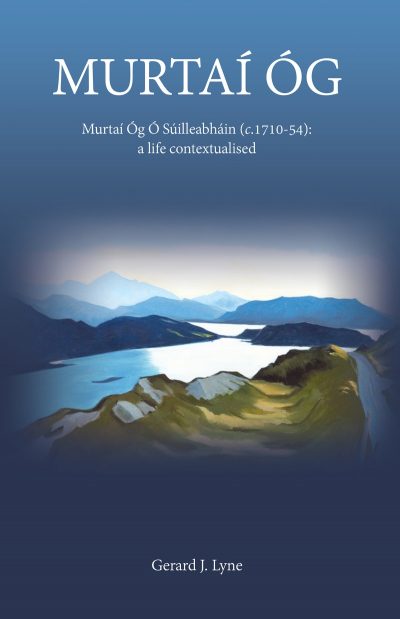
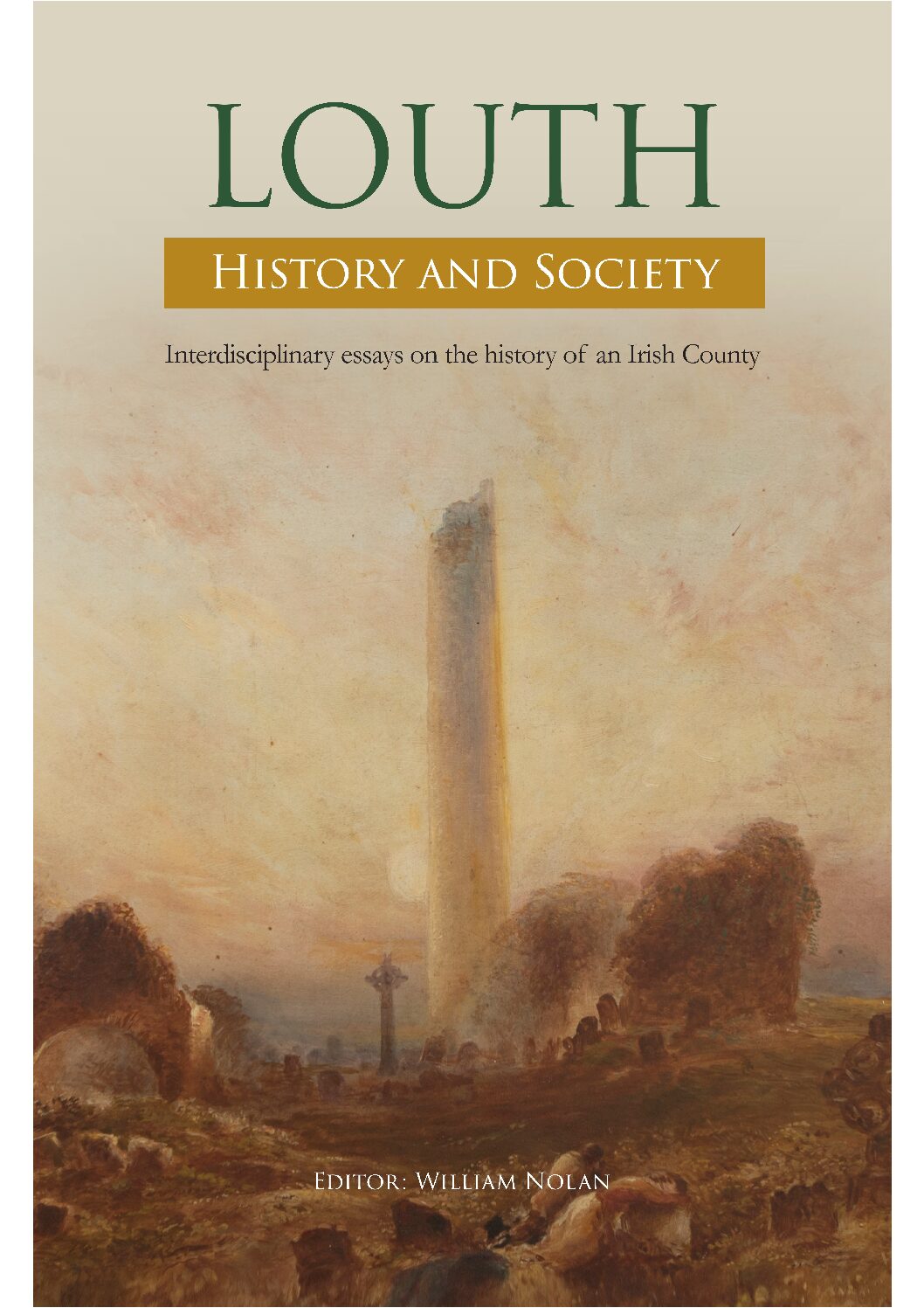
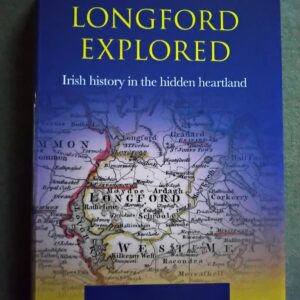
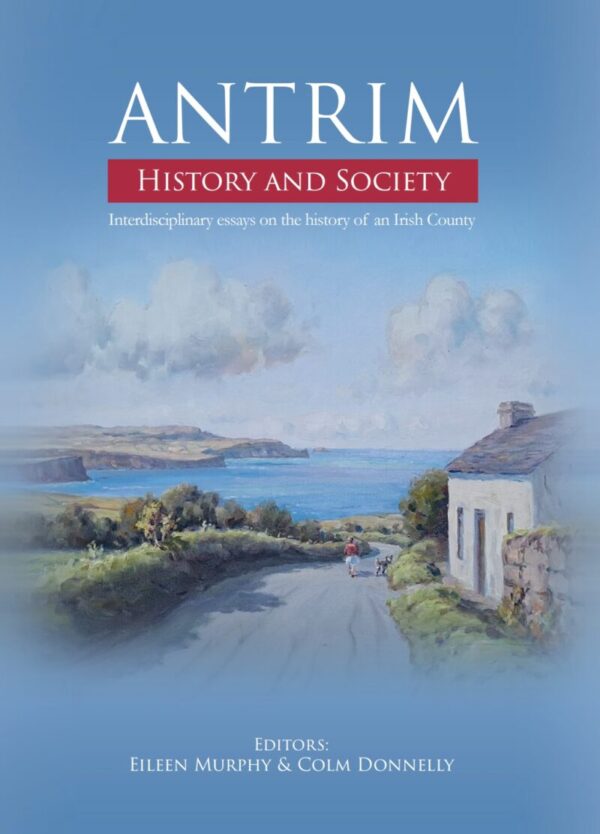
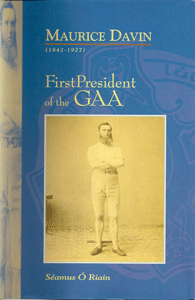
There are no reviews yet.